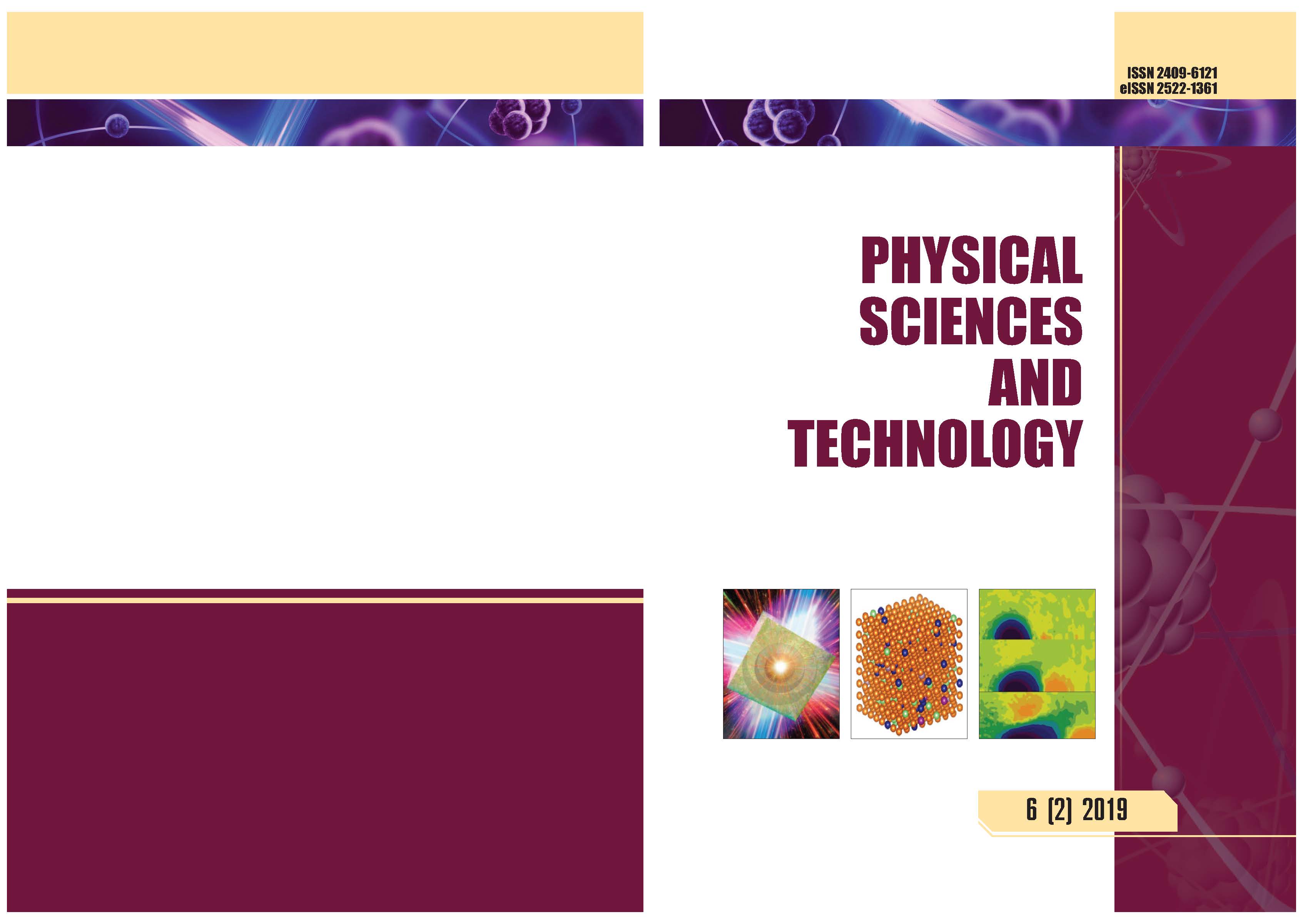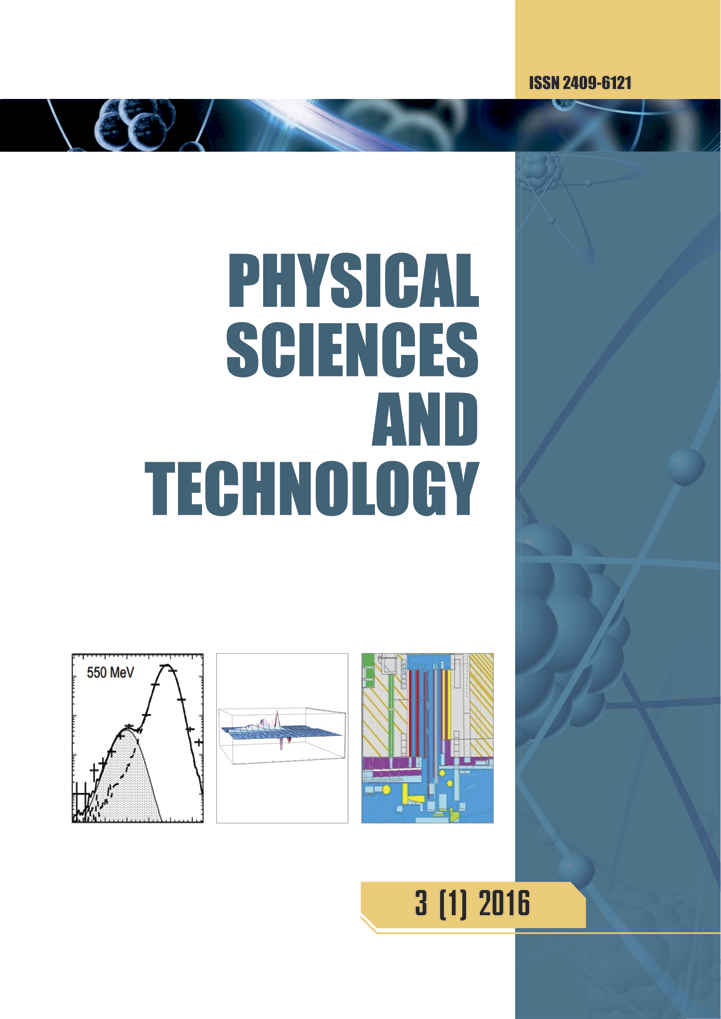Polymorphic phase transitions and recombination luminescence in ammonium halide crystals
DOI:
https://doi.org/10.26577/phst-2019-2-p10Abstract
Spectral-luminescent properties of ammonium halide crystals were studied in this work. The properties
of the peak of thermally stimulated luminescence (TSL) in the region of the phase transition temperature
were studied and the basic laws were established. A sequential thermal annealing isolated the TSL peak
with a maximum at 240 K for ammonium chloride activated with rare-earth ions (RI). It was found that an
order-disorder phase transition occurs for activated RI of ammonium chloride at a temperature of 240 K. An
appearance of TSL peak with a maximum at 240 K causes because of exposure to ionizing radiation upon
activation of ammonium halides by thallium and tin ions. This phenomenon is observed when ammonium
halides are activated by europium, ytterbium, neodymium, praseodymium, copper, cadmium and potassium
ions. The introduction of impurity homologous anions into the crystal lattice does not give a similar effect.
Therefore, it can be argued that observed phenomenon is associated with the presence of impurities in the
cationic sublattice and its appearance does not depend on the parameters of the impurity center. On the one
hand, the TSL peak is not impurity, since its position is determined by the properties of matrix and on the
other hand, its appearance is associated only with substitution ions in the cationic sublattice. The obtained
results allow studying the crystals response under exposition to ionizing radiation.





